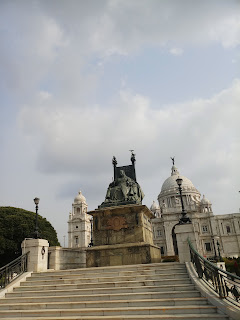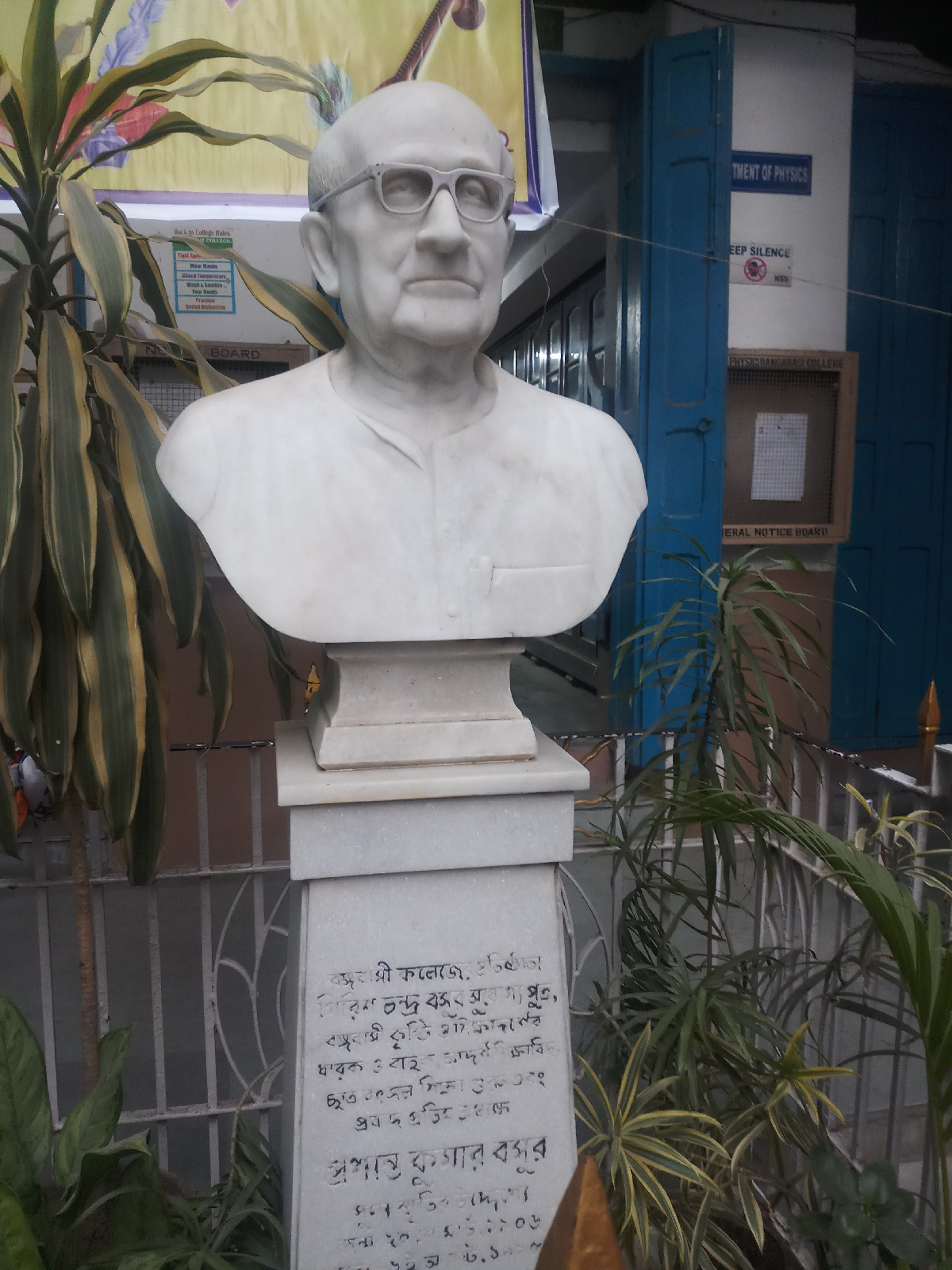Victoria Memorial Hall
Location: 1, Queen's Way, Kolkata 700071
Architecture: Curzon from the very beginning had laid out in impeccable details about how he envisaged the Memorial for the Queen. The emphasis was placed on symbolism. The Victoria Memorial Hall was conceived to be not only a monument in memory of the deceased queen. Curzon wanted to project the building as ‘a standing record of our wonderful history.’ What Curzon had desired was that the building should serve as an impressive example of colonial presence. Hence Curzon entrusted architect William Emerson who already had to his glory the famous architectural buildings like the Crawford market in Bombay and All Saints Cathedral in Allahabad. Curzon had an affinity towards classical style and he insisted Emerson to submit designs in the Italian renaissance style. As an assistance to Emerson, Vincent Esch was appointed in 1902 and he was encouraged to sketch an original design for Victoria Memorial Hall. The construction of the memorial began in 1910 and by this time Esch was promoted as the project’s Superintending Architect.What is noteworthy is that even though Curzon had employed British architects to build the memorial, it necessarily reflected not only a classical style but also a reflection of Curzon’s favourite monument the Taj Mahal. The Victoria Memorial Hall today stands as the most grand monument which has been erected across various countries in memory of the Queen.
Governing body: The Memorial is under the 'administrative control' of the Ministry of Culture, Department of Culture, Government of India. Victoria Memorial is an autonomous organisation and is governed by the Board of Trustees with H.E. the Governor of West Bengal as the Chairperson.
Previous collections and Exhibits: Indian paintings, Western paintings, Rare photographs, Manuscripts, Coins, Lithographs, Arms and Armory, Sketches, Textiles, Virtual exhibitions
Reference:https://www.victoriamemorial-cal.org/
Current Collections and Exhibits: Presently the displays relate to the Indian struggle for independance. At the entrance hall one finds detailed documentations and items associated with Netaji Subhash Chandra Bose. The other halls at the ground floor and first floor are dedicated to the lives and works of Indian freedom fighters.
Date of visit: 04.06.2022
















Comments
Post a Comment